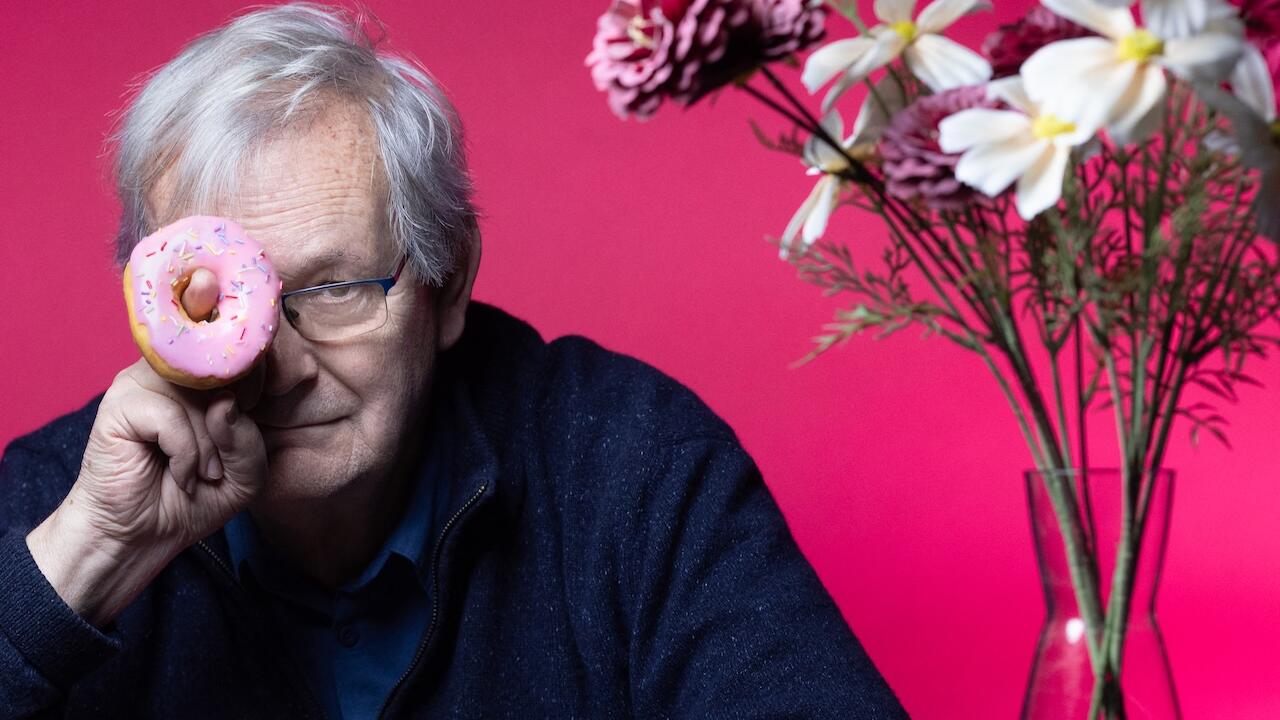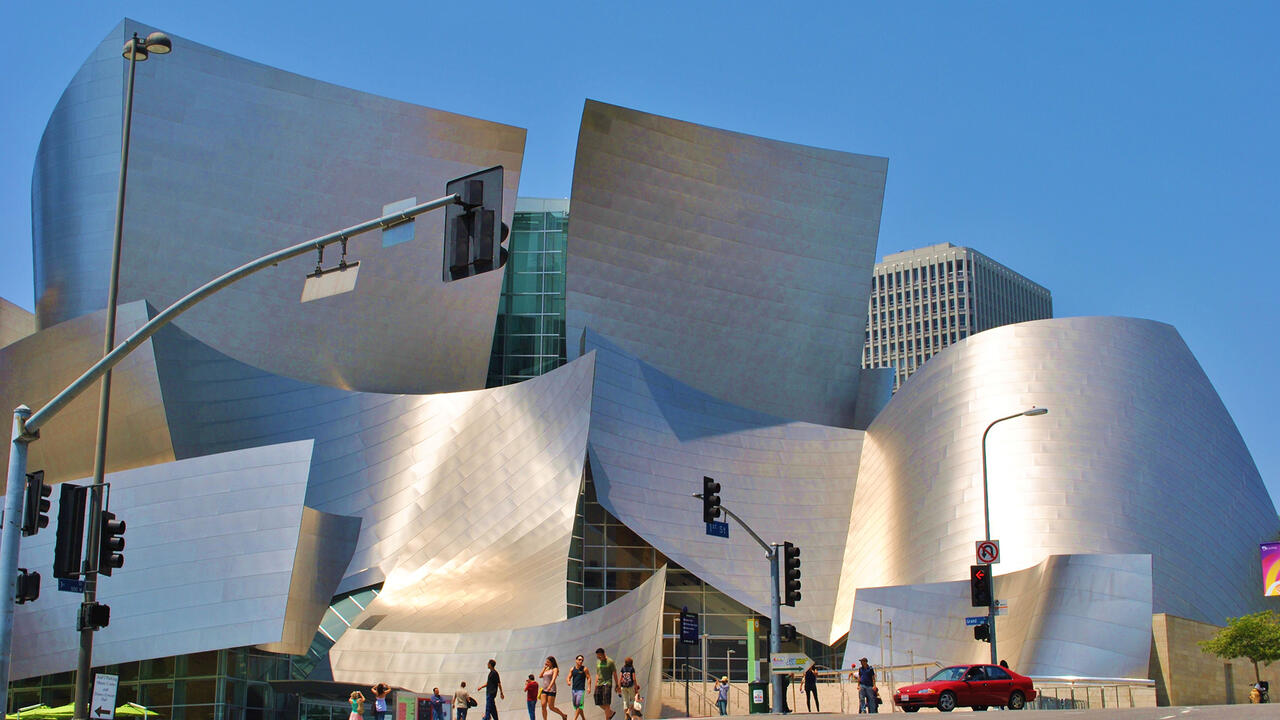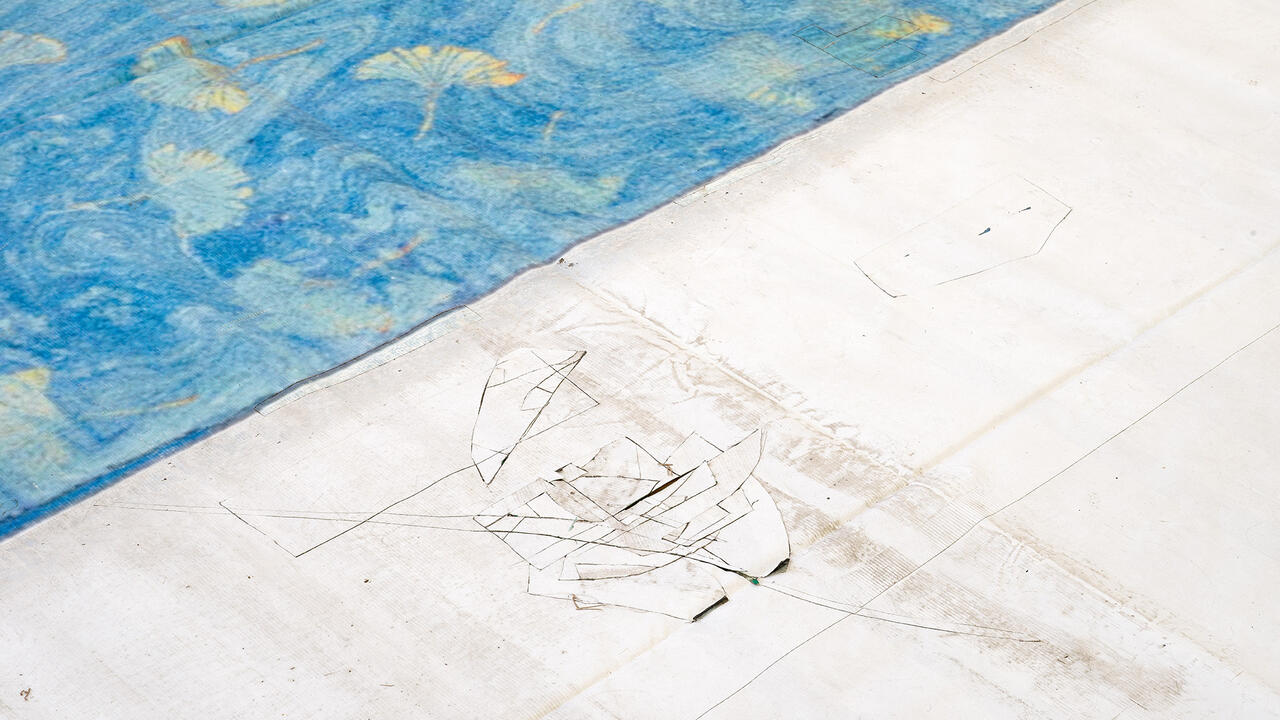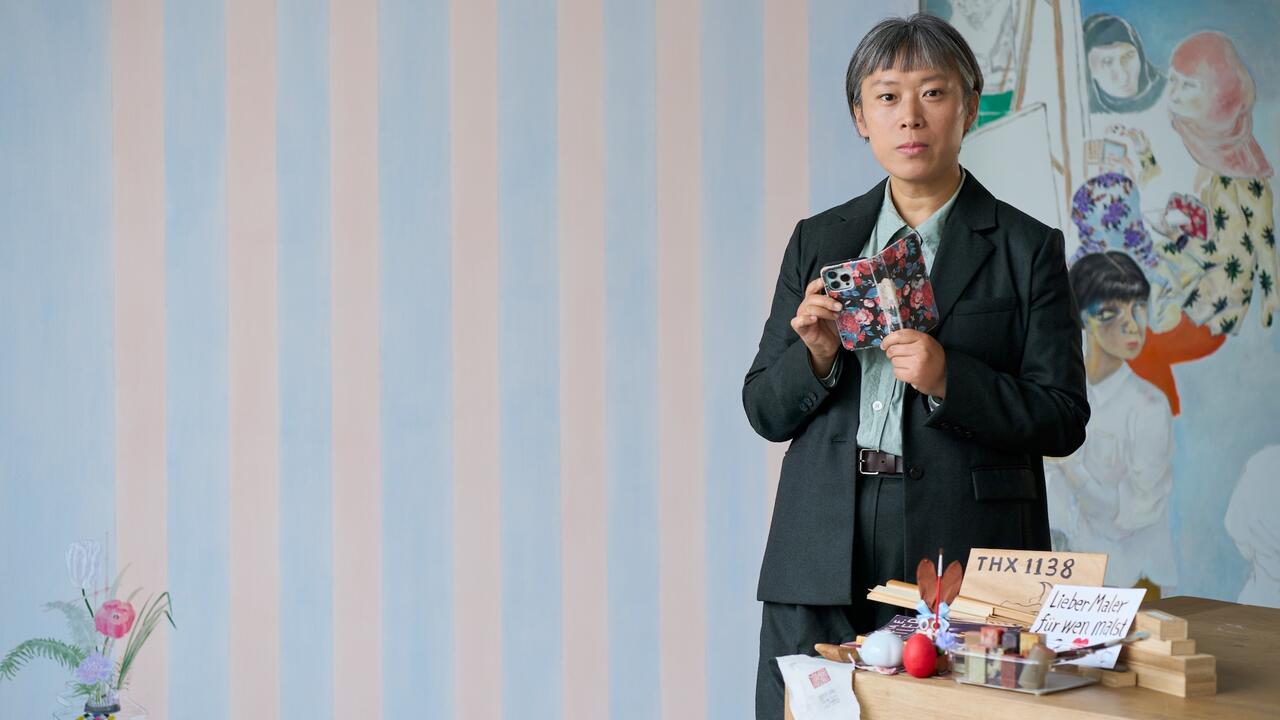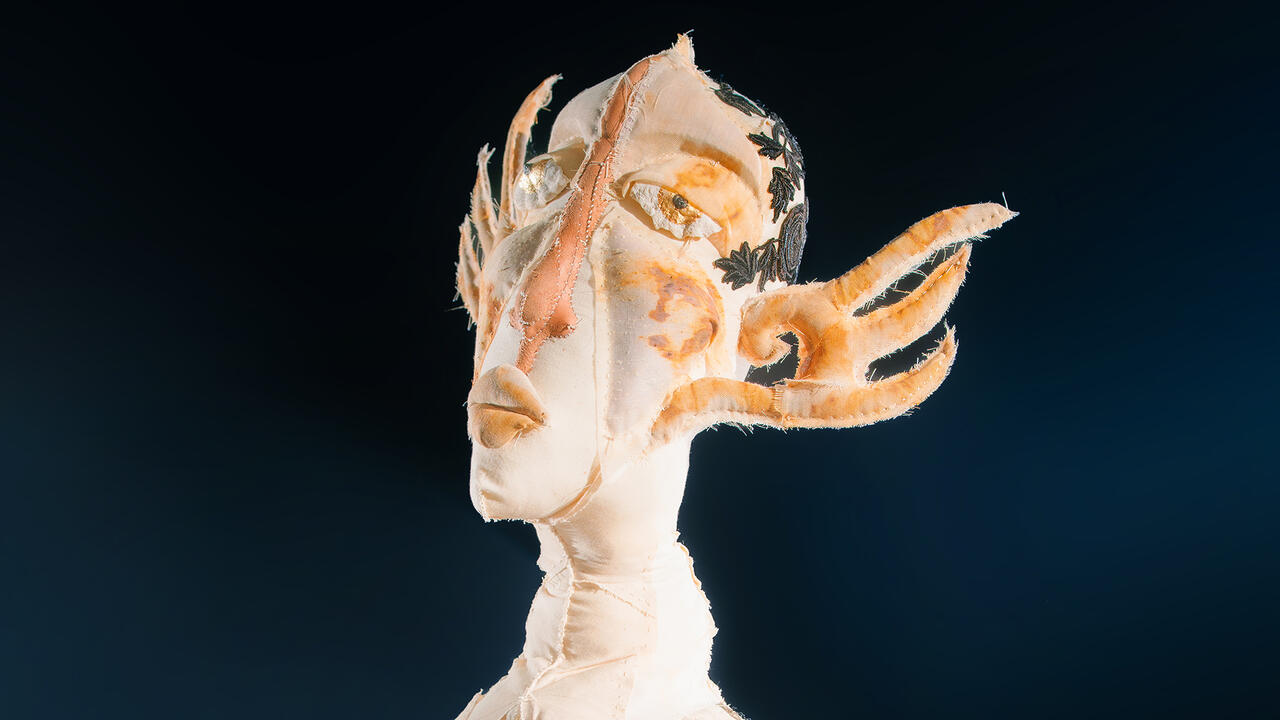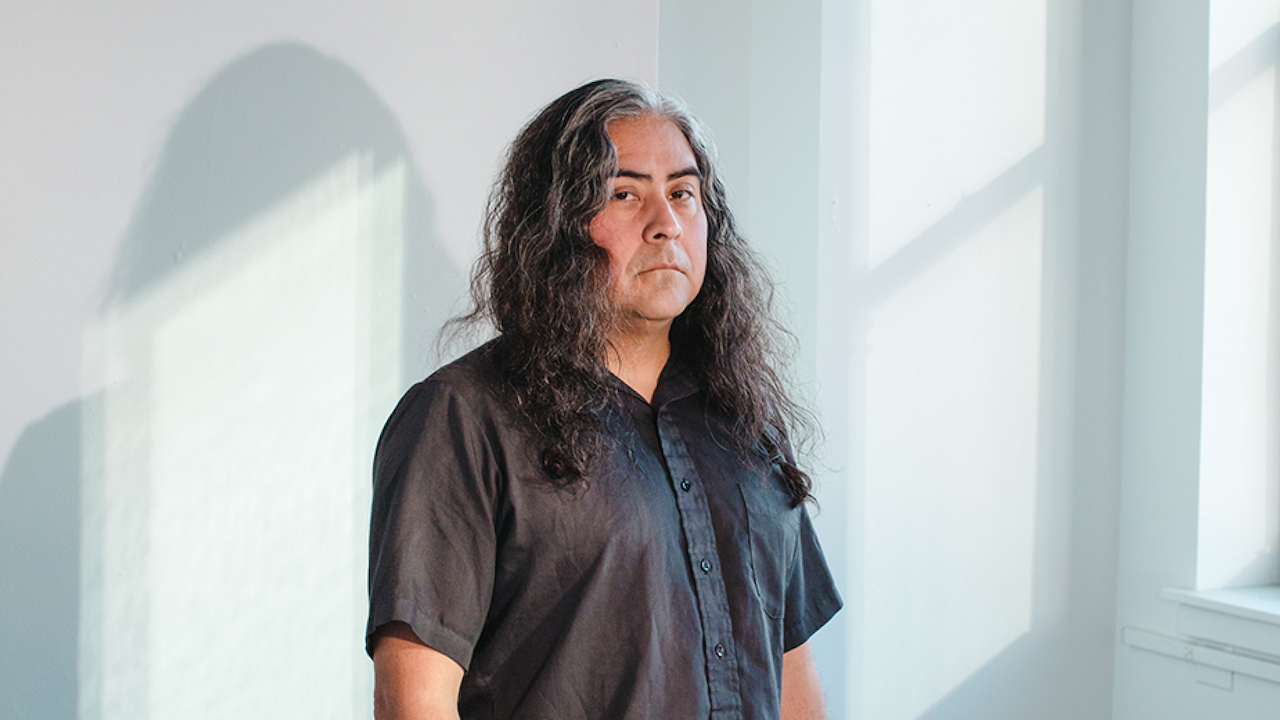Luther Price, from Here to Eternity
Bradford Nordeen remembers the late American filmmaker’s carnality, decay, hurt, humour and so much excruciating beauty
Bradford Nordeen remembers the late American filmmaker’s carnality, decay, hurt, humour and so much excruciating beauty

For me, it all started with Luther Price, who died at the age of 58 on 13 June 2020. His film Green (1988) first opened my mind to the radical queer potential of avant-garde cinema. I wrote to him shortly after seeing it in the early oughts and he generously sent me some more VHS tapes with his films on them. A decade later, when screenings of his works had become scant, I began curating because I needed to see an audience watch his films. And, shortly before my event at an art loft in Brooklyn, I ventured out to Boston on the Bolt Bus to meet this elusive artist .
I’d been studying Price’s early works and the man that appeared in them, caught forever young on film – thin, wan, ‘alternative’. In Boston, however, I was greeted by a gruff, bearded gentleman with neck tattoos and a cane, someone who was far more punk than the image I’d carried with me for that past decade. He slipped his rugged hand around mine as a handshake, which I guess I visibly responded to because he smiled devilishly. Those hands had borne the brunt of the coarse life of film-making: painting, tearing, splicing, bleaching, dyeing, burying, cracking and molding images that always felt alive. Those hands were works of art, as telling (and, sometimes, as terrifying) as his films. As I write this, my own hands are shaking in disbelief that his are now still.

The artist, filmmaker and performer known as Luther Price was born in Marlborough, Massachusetts, in 1962. While studying at Mass Art in the sculpture department, he took to adopting specific personas to create artistic bodies of work: Brick, Laijah Brie Aethy, LA and Bigk Aethy were early incarnations. Then, during a 1985 study abroad programme in Nicaragua, he suffered a near-fatal gunshot wound that would radically alter the course of his life and work. Returning to his studies without the physical capability to create the large sculptural installations that had characterized his early practice, he created the persona Tom Rhoads. Rhoads was a filmmaker. He was also the psychical embodiment the artist’s eight-year-old self, in the body of a rockabilly 20-something. It was as Rhoads that he created his first film works under the tutelage of Super 8 filmmaker Saul Levine. Rhoads’s visions were nightmarish psychodramas that deployed embodied performance and repetition to convey intense psychical states, rooted in childhood memory and trauma. Titles included Warm Broth (1987/88), Mr. Wonderful and Green (both 1988), and crucial underground film circles quickly took notice.

In 1989, Rhoads began work on a film that would become his legacy. Sodom was a Super 8 vision of gay America at the height of the HIV/AIDS crisis, stitching together 1970s gay pornography and Biblical catastrophe footage with a literal holepunch and tape-splicing technique that read graphically and corporeally. It was a film too psychically complex for Rhoads – the persona – to complete, and so Luther Price was created: Luther from civil-rights activist Martin Luther King Jr., the apotheosis of good, and Price from horror icon Vincent Price, a harbinger of evil. It was also too much for the LGBT film festival scene of the early 1990s. When it wasn’t rejected outright, it was met with vehement opposition, occasioning the penning of multiple ‘in defence of’ articles.
In 1995, Price completed two near-feature-length films on Super 8 – a and Me Gut No Dog Dog – and sent them off to the lab to create screening prints. When they threatened to destroy the works on account of their pornographic content, Price successfully retrieved his originals, but never made another circulating print. Instead, he pushed the unique or performative experience that analogue film projection provides. This emphasis on live cinema continued prior strains of his practice, which included harrowing bodies of work such as the ‘Clown’ series (1992–94, revised 2003) and Meat (1992–99), two Super 8 film suites that also took shape as performative events, championed by Lia Gangitano at Thread Waxing Space in New York, Steve Anker at Eye Gallery in San Francisco and Total Mobile Home in San Francisco, and by Ed Halter at the New York Underground Film Festival – in particular, one infamous meat fashion show staged at the East Village club CBGBs, titled ‘Glitter Fat Fashion Maggot’ (2000).

The late 1990s would strike a terrible blow to the artist, as he watched his mother, father and sister die of cancer within two years of one another. The body of work that emerged from this moment was emotionally excruciating, including the last film to feature original camerawork by the artist, Ritual 629 (1990–99). From then, Price began exclusively working with found prints, hand-painting films or even burying them in his back yard. He re-edited 13 identical African American retirement-home documentaries into the ‘Biscott’ series (2005–08). He also used magic marker, glitter and tape to make the abstract visual whorls that characterized the ‘Inkblots’ series (c.2007–12). Films would wear with age and repeated screening, marrying the tactile, erosive nature of projection with the corrosion of personal memory and the fallible body.
Price’s work experienced a prominent resurgence on account of his inclusion in the 2012 Whitney Biennial. On view were slide carousels containing images of jagged family photos juxtaposed with phantasmagoric colour swirls. A renewed focus on exhibitions followed suit, with important retrospective shows held at Participant Inc. and Callicoon Fine Arts in New York, Vilma Gold in London and Usdan Gallery in Bennington. Price was a regular fixture at New York Film Festival’s ‘Views from the Avant-Garde’, and much of his recently restored work is in the collection at Anthology Film Archives, thanks to Peggy Ahwesh and John Klacsmann. Price even returned to performance in 2013–14 through two ‘Clown’ appearances: at MoMA PS1, in collaboration with Dirty Looks, and at The Other Film Festival in Australia. The artist lived in Revere, Massachusetts, with his cat, Mr. Grey, until the time of his death.

When we first met, Luther brought me into a room painted black and showed me his slides. I wondered whether I should be scared: I had never occasioned myself to consider what such cinematic intensity might mean for its maker. Until that moment, it had never occurred to me whether our meet up was safe. In truth, no one was ever entirely safe with Luther. He had an explosive and curious mind. Filled with violence, carnality, decay, hurt, humour and so much excruciating beauty. There are artists who live on the edge, and then there was Luther. But he was also so very playful and kind, and he loved with abandon. It was amazing that he was ever alive at all, that flesh could contain the galvanic force stirring inside him. But he was, and now he’s gone. I can’t think of an artist who lived more thoroughly through film, which is where he’ll always be for us now, from here to eternity.
Main image: Luter Price, Meat, film still, 1992. Courtesy: the artist and Vilma Gold, London








